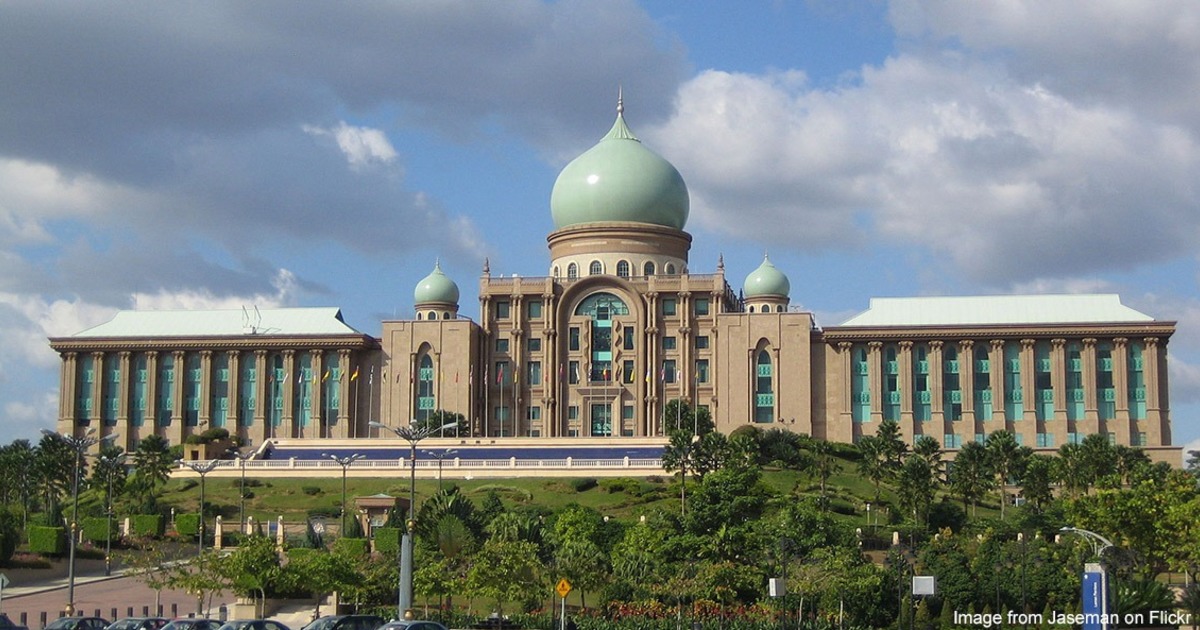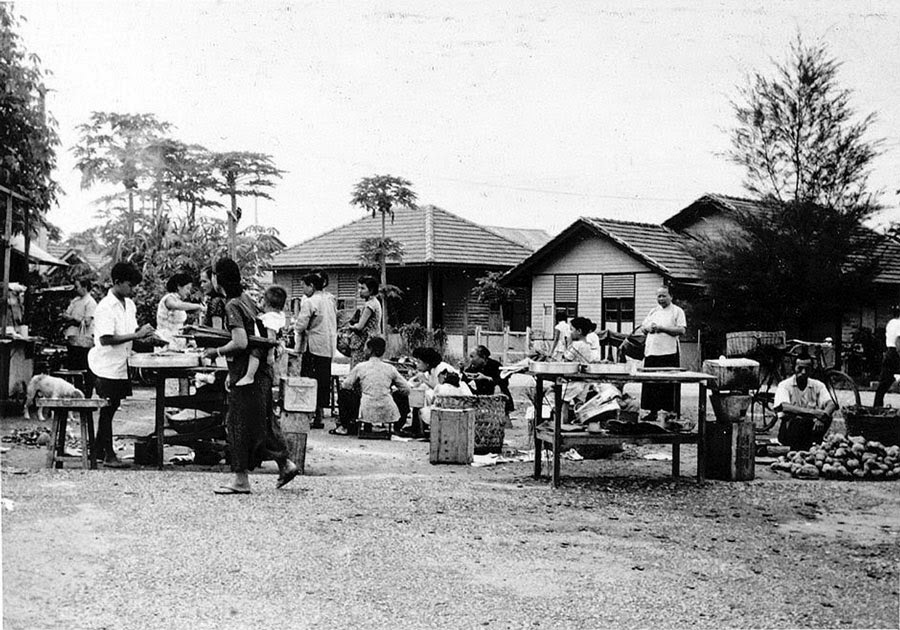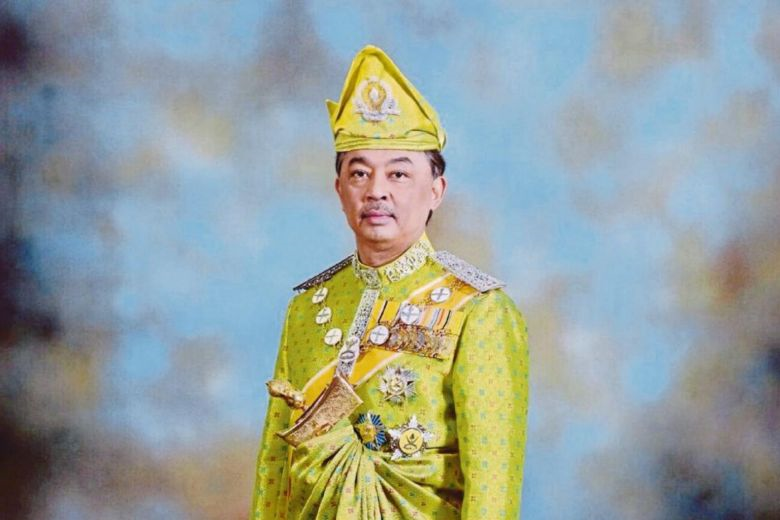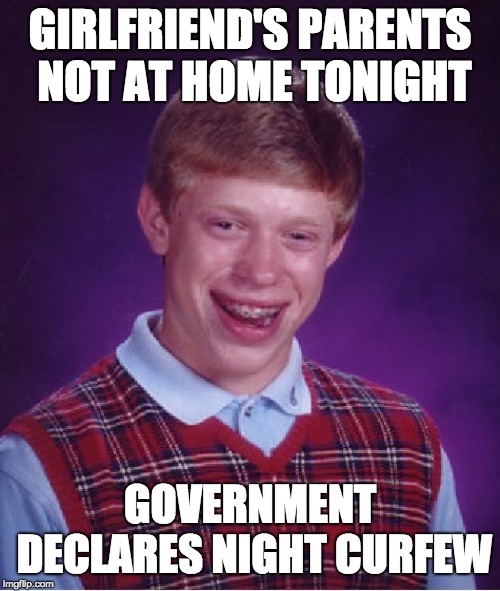

General
Can the Malaysian government declare darurat because of a pandemic?
over 6 years ago ZY HoWhen we use the term “State of Emergency”, more likely than not you’d conjure up images from your sejarah textbooks about the communist insurgency. Presumably, you’d be recalling those black and white pictures of road blocks, people moving into the new villages and soldiers doing patrols.


And on 12 January, the Agong has declared a state of emergency until August 1. Well this time it’s not because of communists terrorising our jungles, but it’s due to the coronavirus.
When this article was originally written in February 2019, emergency was also considered. But at that time, it was because of the heat. Weather at that time was on the hot side and according to a report by NST, the government can consider declaring a state of emergency if the temperature exceeds 40°c.
If that did happen back then, it wouldn’t be the first time a state of emergency was declared due to dangerous weather, because an emergency was declared in 2013 due to haze.
Now given that a state of emergency can be declared for reasons varying from commies to weather, here are 4 things you need to know...
1. An emergency starts with a proclamation by the YDPA

Image from The Straits Time
According to the Federal Constitution a state of emergency starts with a declaration by the YDPA, because Article 150 of the Federal Constitution says:
“If the Yang di-Pertuan Agong is satisfied that a grave emergency exists whereby the security, or the economic life, or public order in the Federation or any part thereof is threatened, he may issue a Proclamation of Emergency making therein a declaration to that effect.”
This basically means that the YDPA can declare a state of emergency if he feels that the nation may experience some sort instability. In this case, it’s the rising number of Covid-19 cases. But a state of emergency can’t simply be declared, because Article 150 must be read with Article 40(1):
This means that the YDPA declares the state of emergency, but only after he has been advised to do so by the government. And once that is done and a state of emergency has officially been declared….
2. Laws can be passed instantly

Normally when the government wants to do something, they have to make a law. This law making process is long and tedious and can sometimes take months, but if we were to simplify the process, it goes something like this:
- The government proposes a law to parliament
- Parliament debate the issues with regards to the proposal
- Parliament MAY make changes to the proposal
- Parliament votes on the law and gets it passed if they want to
[READ MORE: How are laws made in Malaysia]
Unfortunately during an emergency, the government may not have the luxury of time and laws have to be passed quickly. Which is why during an emergency the government can pass instant laws called ‘ordinances’. Under Article 150 (2B), ordinances can be passed through the YDPA and it will have the same power as an ordinary act of parliament (or in simpler terms, a law).
An example of such an ordinance was enacted when a state of emergency was declared during the May 13 Riots. To quell the unrest from the incident, the Emergency (Public Order and Crime Prevention) Ordinance 1969 was created for the purposes of arresting and detaining people without a warrant and trial. In other words...
3. These ordinances can infringe human rights

Article 5 of our Federal Constitution prevents the authorities from detaining you willy-nilly, because they’d need to get permission from a judge. But during an emergency, an ordinance can be made even though it goes against Article 5 – the Emergency (Public Order and Crime Prevention) Ordinance 1969 mentioned earlier is of point. And it’s not just limited to rights against wrongful detention, the government can make ordinances going against other rights.
But of course, whether or not ordinances will infringe constitutional rights depends on the situation at hand. Because if a state of emergency is declared for a pandemic, an ordinance for detaining people may be unnecessary. Usually for health emergencies, ordinances will be enacted to ensure the federal government can remedy the situation swiftly.
4. A state of emergency doesn’t last forever

Because the purpose of a state of emergency is to restore order to chaos, it doesn’t last forever. In other words, there’s a life span to a state of emergency.
Once order has been restored to the nation, the government can advise the YDPA to revoke his declaration of a state of emergency. In addition to that if Parliament decides that a state of emergency is no longer needed, they can vote to remove the state of emergency as well – returning the country’s governing system to the status quo.
In fact, some people may have actually gone through a state of emergency and not even know it. In 1966, because of a power struggle between the Sarawak government and the federal government, a state of emergency was declared; but it was only officially revoked in 2011.